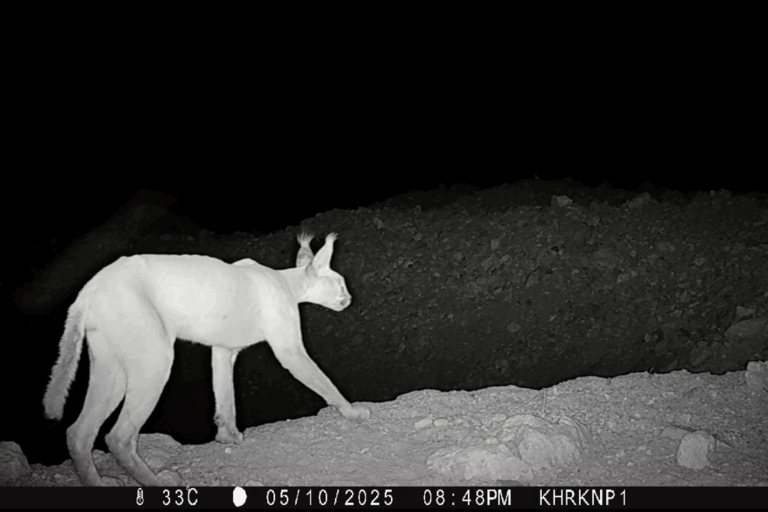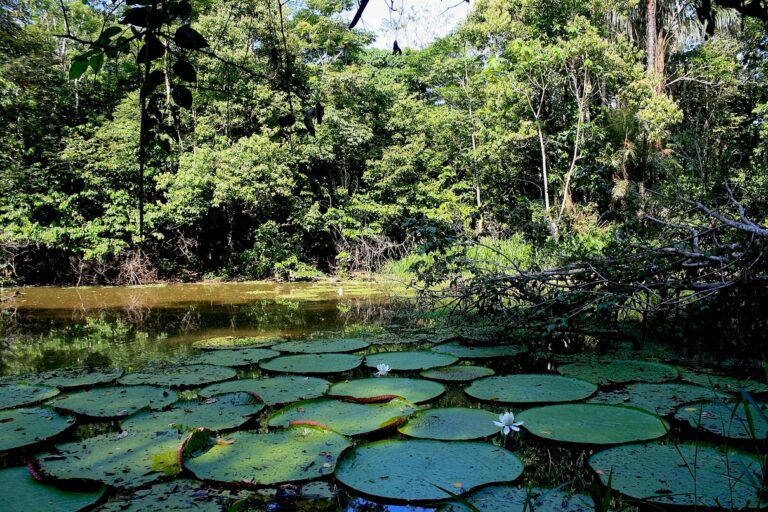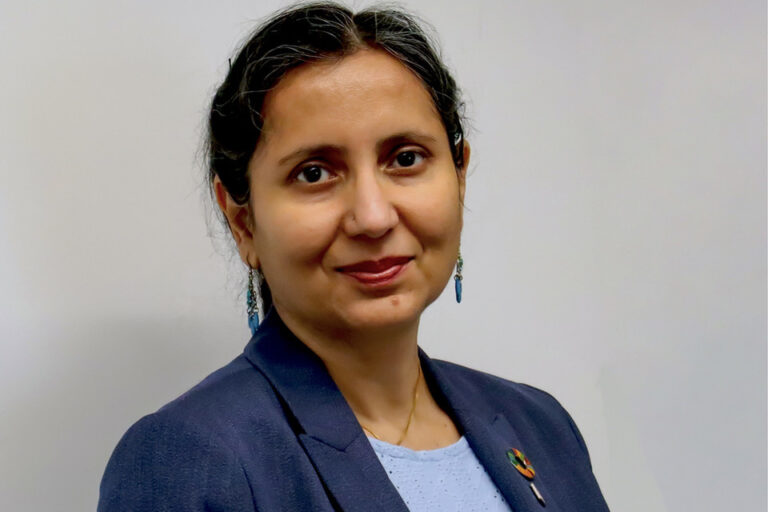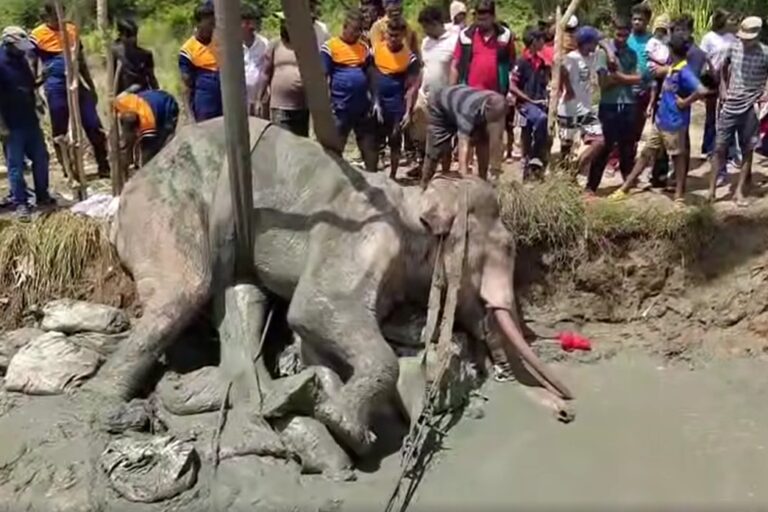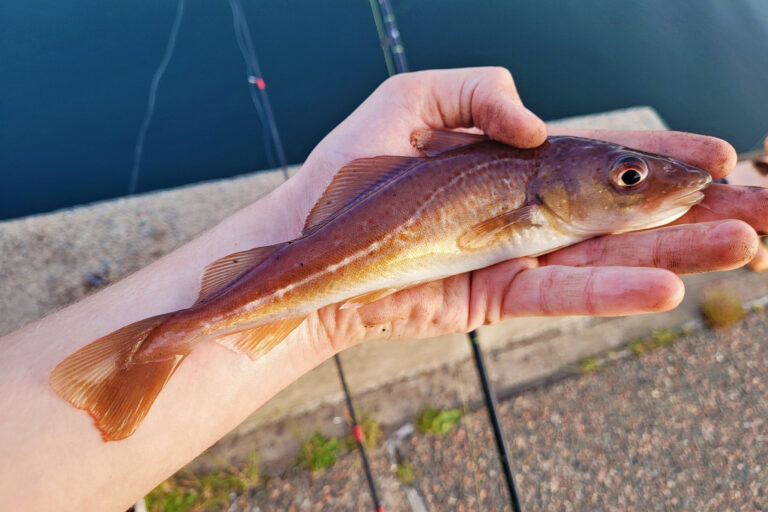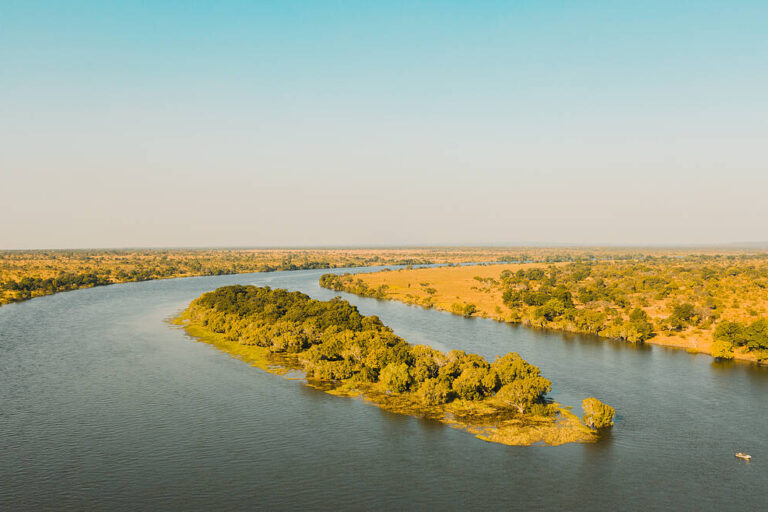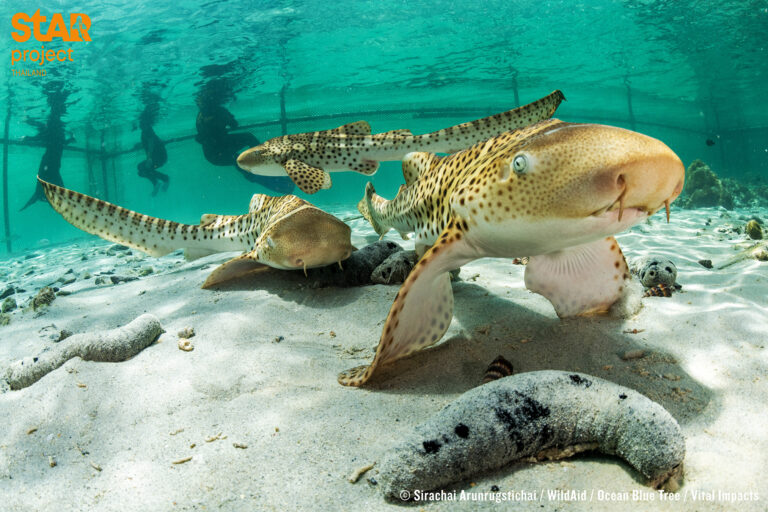- A recent study shows that for a given rise in food production, the impact of cropland expansion on biodiversity is many times greater than that for cropland intensification. This is because expansion can be expected to occur in those regions with the highest existing levels of biodiversity, mainly in Central and South America, a new study finds.
- Researchers estimated crop expansion and intensification potential for 17 major agricultural crops using socio-economic data as well as data on biophysical constraints. This information was overlaid with spatial data on biodiversity, specifically endemism richness to determine how each strategy would impact biodiversity in different locales.
- Worldwide, there is a major gap between the amount farms are producing and potential yields that could be achieved if plants were grown in an optimal way on minimal land. Closing this yield gap by 28 percent through land use intensification would increase production equal to expanding cropland area by 730 million hectares.
- In the future, we need to not only protect biodiversity on uncultivated wildlands, but also make the very most economically and ecologically of our existing croplands, encouraging biodiversity there as well, while maximizing food production.

As the human population grows, so does our demand for food, fuel and feed for livestock. Meeting these rising demands will involve either expanding our farm lands to cover more ground or intensifying farming practices on lands already in use for agriculture.
A study recently published in the journal Nature Communications examines the tradeoffs between food security and biodiversity under two scenarios (intensification and expansion) on a global scale, to determine the most sustainable route. An interdisciplinary team consisting of economists, geographers and ecologists spent seven years bringing this study from conception to publication.
“Agriculture is one of the major drivers of biodiversity loss worldwide, and increases in production are almost always achieved at the expense of biodiversity. But whether and where production rises due to intensification or expansion of cropland does make a difference,” says Florian Zabel of the Department of Geography and Remote Sensing at Ludwig-Maximilians-Universitaet (LMU) in Munich, the study co-author.
The researchers estimated the crop expansion and intensification potential for 17 major agricultural crops using socio-economic data (consumption patterns and population growth) as well as data on biophysical constraints (soil quality, climate change, topography). This information was overlaid with spatial data on biodiversity, specifically endemism richness — the number of different kinds of species unique to a region — to determine how each strategy would impact biodiversity in different locales.

“Our results show that, for a given rise in food production, the impact of cropland expansion on biodiversity is many times greater than that of the intensification scenario. This is because expansion can be expected to occur in those regions with the highest existing levels of biodiversity, mainly in Central and South America,” says Tomáš Václavík, who is in the Department of Ecology and Environmental Sciences at Palacký University in Olomouc, Czech Republic.
Each strategy (expansion and intensification) showed different impacts on biodiversity in different places. But under all scenarios, biodiversity was hurt the most in the tropics, even as lowered food costs benefited the global market.
The expansion strategy model posed the greatest threat to biodiversity in Latin America and Central Africa. These regions have expansive natural areas not currently being farmed as well as social, economic, and physical conditions likely to encourage cropland expansion in the near future.
“Solely relying on expansion to address our food production needs is a really bad thing for biodiversity,” says Professor Ralf Seppelt of the Helmholtz Center for Environmental Research in Leipzig. “We as a human society have already harvested the most fertile soils and it shows that where ever we go from here in producing more crops, we are required to take care of biodiversity under an intensification strategy.”

Worldwide, there is a significant gap between the amount farms are producing and potential yields that could be achieved if plants were grown in an optimal way on minimal land. Closing this yield gap by 28 percent through land use intensification would increase production equal to expanding cropland area by 730 million hectares (281 million square miles). Intensification could improve yields dramatically in regions such as sub-Saharan Africa where resources such as fertilizer, irrigation and good seeds appropriate for the soil are deficient.
The intensification strategy would likely have the most negative effect on biodiversity in smaller areas with high levels of endemism (unique species). Often, these hotspots are in overlooked regions such as India, Myanmar, and East Africa where small-scale agriculture could benefit greatly from more intense farming practices and which also host high levels of unprotected or unregulated biodiversity.
Of course, large-scale global data sets, like those used in the study, can be a course in resolution, lacking small-scale detail, according to the team. Therefore, the data on global biodiversity, socioeconomic potential, as well as the cultural and institutional dimensions of food security, are not as ideally robust as they could be. Likewise, the study did not address the cost of implementing intensification or expansion, or the costs of incorporating infrastructure (such as roads) needed to distribute food.
“This study was designed to be interdisciplinary and to link different scales,” says Ruth Delzeit, Head of the Environment and Natural Resources Research Unit at Kiel Institute for the World Economy. “We have been working on the global scale with the goal of generating scenarios with outcomes that can be used for regional field studies. My recommendations to policymakers and ministries based on this study would be to take a look at the maps we created and to define regions where funding should go in order to then finance local field studies. From here they can decide on the best regional strategies.”
Co-author Ralf Seppelt’s recommendations to policymakers would be to immediately stop the expansion of agriculture; carefully choose where and how to intensify; and to lower the pressures on food production by curtailing the use of biofuels, while also supporting changes in diets, reducing harvest losses and cutting food waste.
“Most of the areas with high levels of biodiversity that are suitable for agricultural expansion and intensification in the coming years are not currently protected,” says Seppelt. “We therefore recommend developing global mechanisms which recognize land as a limited resource. Measures should be implemented to protect biodiversity in landscapes that are in use rather than focusing solely on protection sites.”
In other words, we need to not only protect uncultivated wildlands, but also make the very most economically and ecologically of our existing croplands, improving production and biodiversity through best use practices.
Citation:
Zabel F, Delzeit R, Schneider JM, et al (2019) Global impacts of future cropland expansion and intensification on agricultural markets and biodiversity. Nature Communications 10:2844. doi: 10.1038/s41467-019-10775-z
Banner image caption: Cattle in Costa Rica. Ranching across Latin America as currently practiced is an extremely inefficient use of newly deforested land and devastating to biodiversity. Experts say that, with the implementation of best use practices and land use intensification, the number of cattle produced per hectare on already degraded lands could be upped dramatically, eliminating the need for new deforestation. Photo by Florian Zabel.
FEEDBACK: Use this form to send a message to the author of this post. If you want to post a public comment, you can do that at the bottom of the page.







